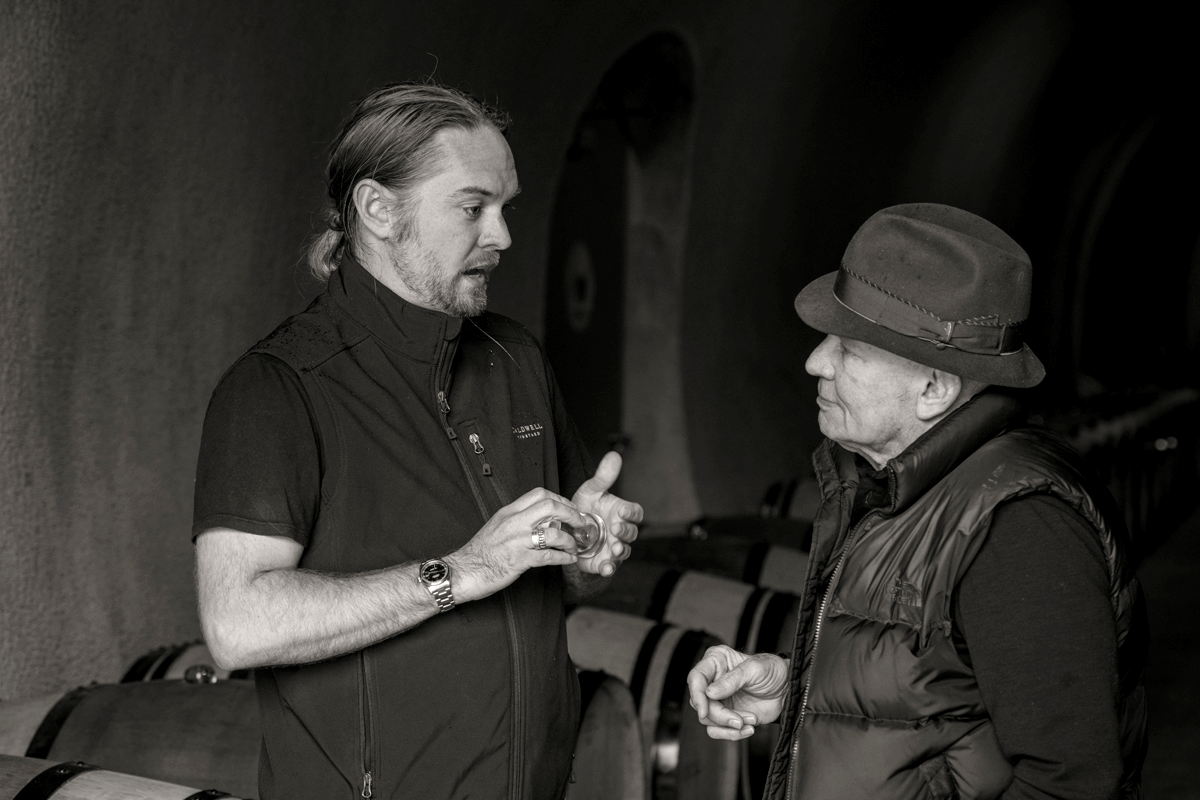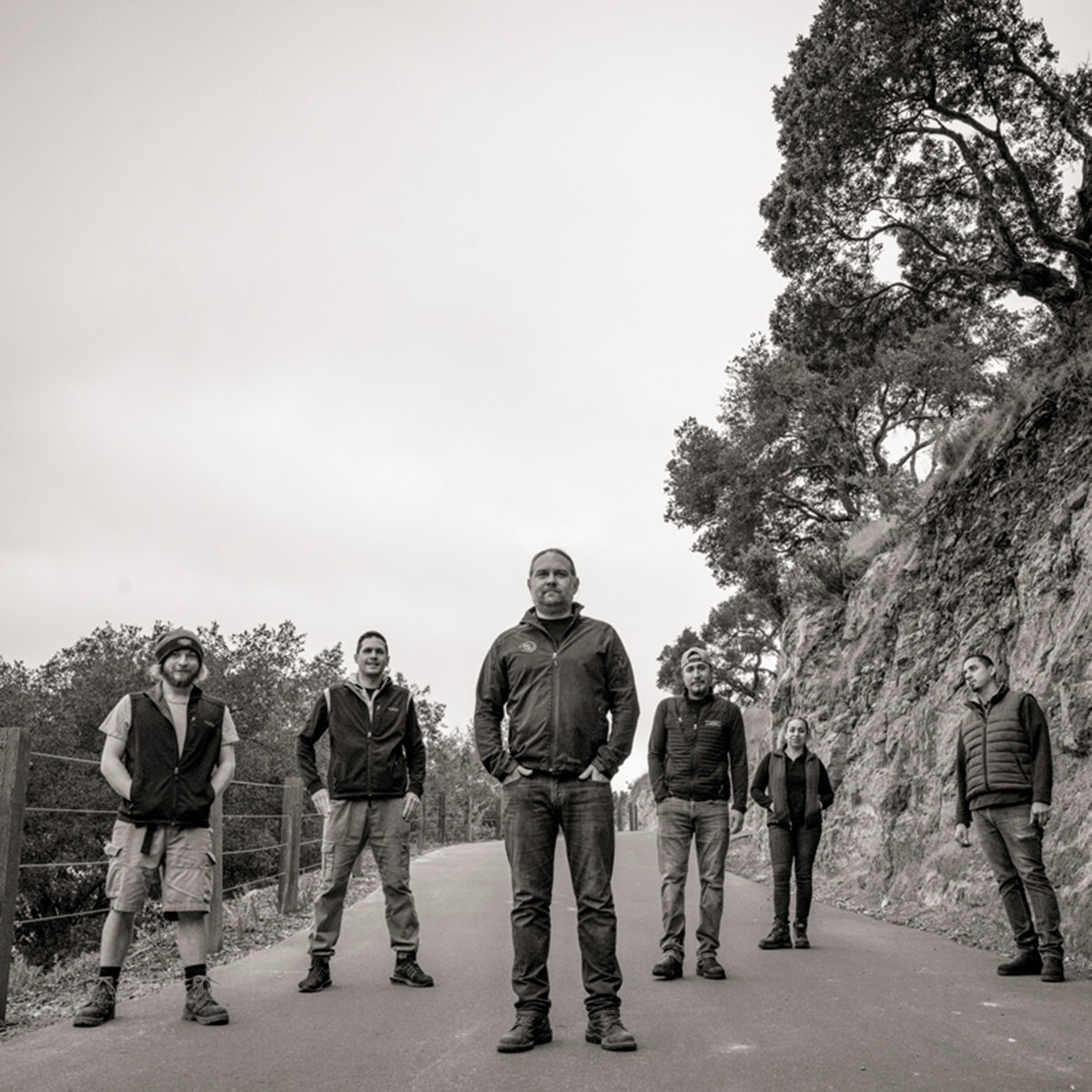WINEMAKER
Marc Gagnon
(pronounced Găn-yōn)
He can build a computer, fix a Porche engine, and is unabashed in his earth-minded proclivities. It happens, he’s made his fair share of ridiculously high-scoring wines for the likes of Screaming Eagle and Bryant Estate too.
With a work ethic that rivals Jesus (our Vineyard Manager of 27 years), he’s smart, talented, and a whole lotta fun to be around. No doubt about it, our winemaker is nothing short of a modern Renaissance man, of the highest order.











